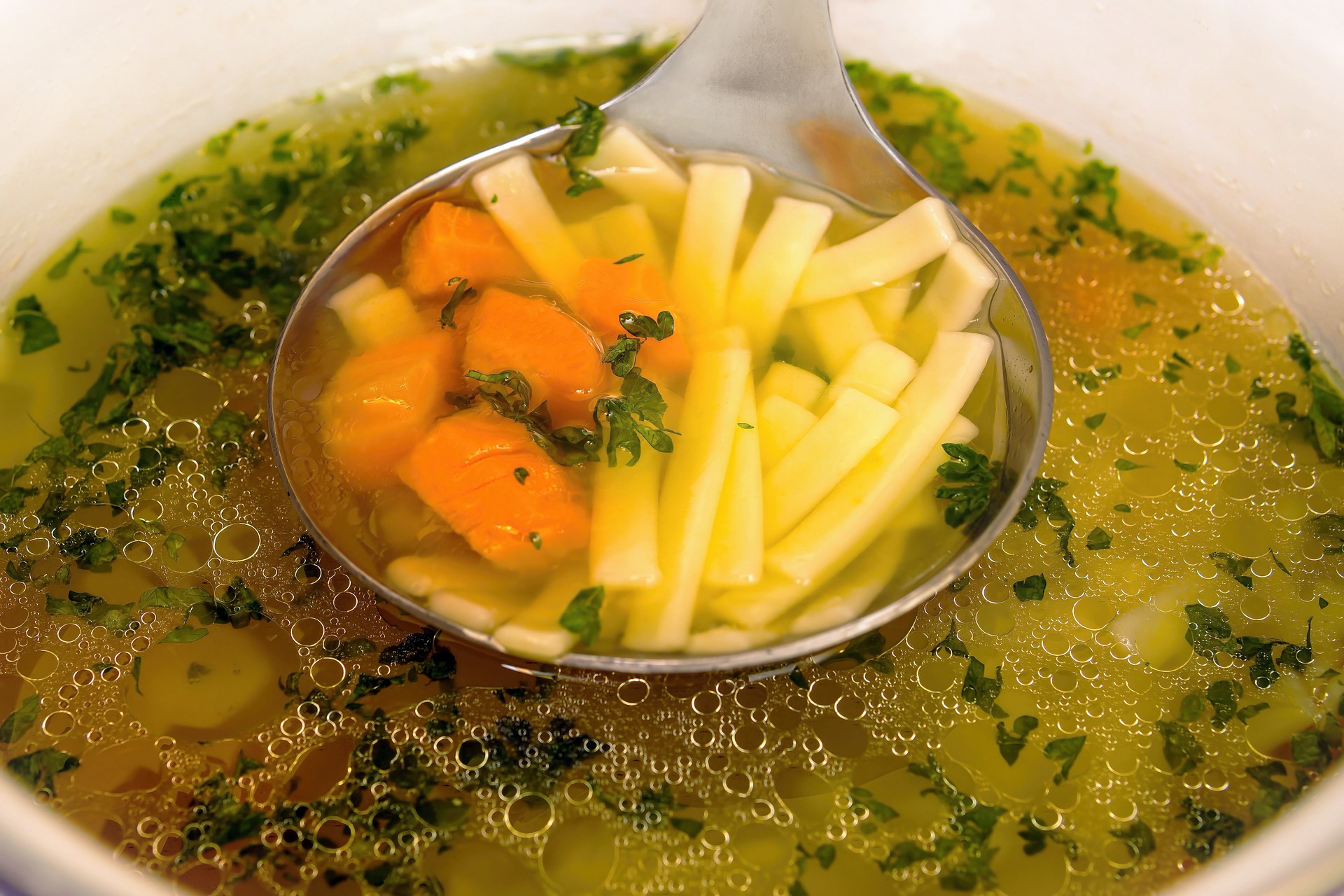Liquid Gold: The Art and Science of Making Bone Broth
Bone broth, often hailed as "liquid gold", is not just a fad. It's an age-old remedy, a culinary staple and a superfood packed with nutrition. The slow-simmering process used to make bone broth breaks down bones and connective tissues, releasing nutrients into the broth. But what makes it so special? Read below to delve into the world of bone broth and discover the art and science behind this culinary gem.

The History of Bone Broth
Long before it became a popular health food, bone broth was a staple in traditional cooking worldwide. Cultures around the globe have been using bones to make broths and stocks for centuries. These broths were prized not only for their rich flavor but also for their nutritional properties. From the hearty beef broths of Europe to the delicate chicken broths of Asia, bone broth has been a cornerstone of many cuisines.
The Nutritional Benefits of Bone Broth
Bone broth is rich in nutrients that are beneficial for our health. It’s packed with collagen, the most abundant protein in our bodies, which is broken down into gelatin during the cooking process. Gelatin is known for its gut-healing properties and can also help to improve skin health. Bone broth is also a great source of essential minerals such as calcium, magnesium, and phosphorus.
The Culinary Uses of Bone Broth
In addition to its health benefits, bone broth is also highly valued in the culinary world. It serves as a flavor-packed base for soups, stews, and sauces, adding depth and richness to any dish. Bone broth can also be used to cook grains and legumes, infusing them with flavor and nutrients. And let’s not forget sipping - a steaming cup of bone broth can be a comforting and nourishing drink all on its own.
Making Your Own Bone Broth
Making bone broth at home is a simple, albeit time-consuming process. All you need are some animal bones (preferably from grass-fed, organic sources), water, a splash of vinegar to help leach minerals from the bones, and time. The bones are simmered slowly, for anywhere between 12 to 48 hours, allowing all the nutrients to be extracted into the broth.
The Future of Bone Broth
With its rising popularity, bone broth is finding its way into more and more products. From ready-made broths and bone broth protein powders to bone broth fasts and diets, it’s clear that this ancient food is here to stay. As we continue to learn more about the benefits of bone broth, it’s exciting to see how this humble food will evolve and be incorporated into our diets in new ways.
Useful Tips and Facts:
- Choose bones that are high in collagen for your bone broth, such as knuckles, joints, feet, or marrow bones.
- Adding a splash of vinegar to the pot can help to extract more minerals from the bones.
- Slow and steady wins the race - simmer your broth on the lowest heat setting for the best results.
- You can use leftover bones from meals, or ask your local butcher for bones - they often sell them at a low cost or even give them away.
In conclusion, the art and science of making bone broth is a testament to the beauty of traditional cooking methods. This “liquid gold” is a treasure trove of nutrition, offering benefits for our health and adding depth and richness to our culinary creations. Whether you’re sipping it from a mug or using it as a base for your favorite recipes, bone broth is a versatile and valuable addition to any kitchen.




